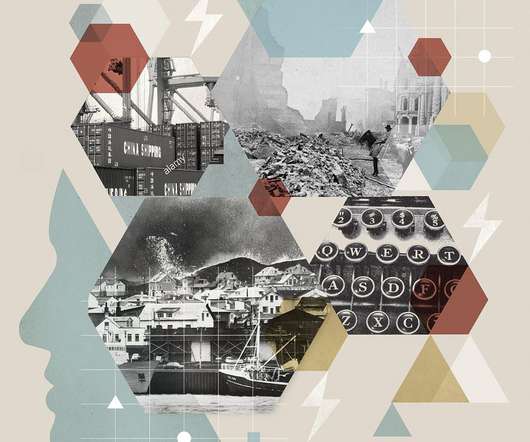Toyota develops tropospheric ozone-concentration simulator for South and East Asia
Green Car Congress
MAY 25, 2011
have developed a simulator able to predict tropospheric ozone concentrations across the whole of South and East Asia. The project was carried out in collaboration with Tsinghua University in China, The Energy and Resources Institute (TERI) in India, and the International Institute for Applied Systems Analysis (IIASA) in Austria.













Let's personalize your content